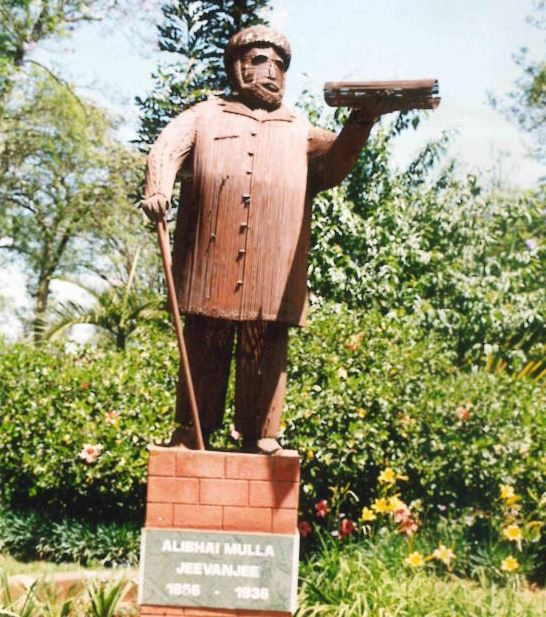×
The Standard e-Paper
Fearless, Trusted News

Walking around Nairobi, Kenya’s political and financial capital is as edifying as reading through the roll of honour during a heroes day celebration.
Ideally, the stroll around the city’s Central Business District should be like stepping on a page ripped off the country’s history journals, where names of heroes beautifully inscribed on posters, buildings and roads celebrate sacrifices made by individuals who gave their all for Kenya to be.